Sheep’s Sorrel
Sorrel can be used as a garnish, a salad leaf, a green for soups and stews or as a sweet ingredient for cakes and sorbets.
| Hedgerow Type | |
| Common Names | Sheep’s Sorrel, Red Sorrel, Sourweed, Field Sorrel |
| Scientific Name | Rumex acetosella |
| Season Start | Mar |
| Season End | Oct |
Leaves
Halberd, an old pike or lance, or arrow shaped. A little like Common Sorrel but instead of pointed leaf bases the bottoms of the leaves are lobed and can stick out.
Flowers
The flowers are small and yellow/green for males and red for females, growing on a tall flower stalk between April and November.
Possible Confusion
The leaves are similar to Field Bindweed, Convolvulus arvensis but this is a sprawling plant that grows along the ground with white petaled flowers, sorrel grows as a rosette and the flowers are small, round and red/green/yellow.
It is a distinctive looking plant but if unsure a tiny nibble will reveal sorrels identity.
Taste
Like apple peel or citrus but not as sharp as Common Sorrel.
Frequency
Uncommon.
Collecting
Only collect this for more than nibbling if there are several or large patches of the plant about.
Medicinal Uses
Sorrel has diuretic properties and can be used to treat sinusitus, it was also used in the past to prevent and treat scurvy.
Other Facts
All the sorrels contain oxalic acid and should be avoided by people prone to kidney stones but with most of these things the amount of oxalic acid is tiny and oxalic acid can be found in spinach, cabbage, rhubarb, beans, coffee and chocolate, none of which carries a health warning about the oxalic acid content.


 (10 votes, average: 4.30 out of 5)
(10 votes, average: 4.30 out of 5)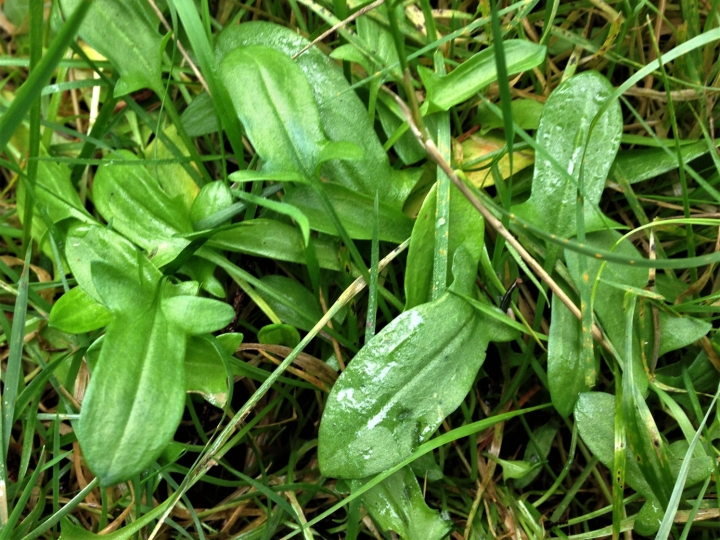
















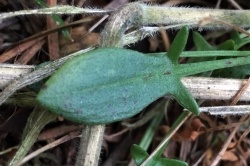
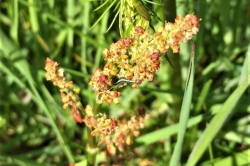
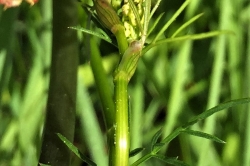

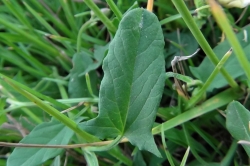





9 comments for Sheep’s Sorrel
Can the leaves be eaten at any age and through the whole season. Even when flowering?
The leaves can be eaten at any time although they can get a bit rough and insect eaten with age.
Can you eat the roots?
Sorrel contains oxalic acid which should not be eaten in large quantities, I’m not sure if it is concentrated in the root but it is in the related Dock family so I would leave the plant to grow and just eat the leaves.
Sheep sorrel roots are the secret ingredient in Rene Caisse remedy called Essiac tea which she claimed to cure cancer back in the 30’s
Hi Mia – I am trying to source sheep sorrel root powder but can’t find any supplier that specifice root – any idea where to get?
I just found some at https://store.renecaissetea.com/
I live in Oak Lawn, Illinois. Reading about the American Copper Butterfly and how Sheep Sorrel is a HOST plants for it. Where IS THR BEST TYPE OF AREA TO find some for my Butterfly Habitat. It’s an out door one.
Thanks a million.
In the UK Sheeps Sorrel isn’t rare but it not very common either. It tends to grow anywhere, fields, hedgerows, banks, woodland edges and beside paths but only where it chooses. If you are having trouble finding it in the wild, there are seeds available online. I wish you luck in finding some.